Long Branch Stadium: History & Photos
It’s difficult to narrow down a true name? It opened as Ocean Park in 1934 and closed as Long Branch Stadium in 1957.
During my research I saw it called City Stadium, Long Branch Speedway, Municipal Stadium, Memorial Stadium, Garfield Stadium, Atlantic Stadium, Ocean Park Stadium, Ocean Track, and Ocean Speedway. That’s lots of re-branding efforts for a concept that never really worked. On perhaps the city’s most prime piece of real estate. Today, the Ocean Place Hotel & Spa occupies the oceanfront territory.
The property, situated on choice city land (Broadway, Ocean Avenue, Laird Street and Abbottsford Avenue is the boundary), has a complicated history. It once held the magnificent Ocean Hotel — the largest in the country in its day.
Going further back, according to a 1928 Long Branch Daily Record account, the area was the farm of Dr. Elisha Perkins. In 1831 he sold to several developers including about 30 acres to Samuel Cooper who opened “Cooper’s House.” By the following summer it was a 175-guest hotel. Known for its activity and hospitality, the spot grew tremendously. By 1872, under the able direction of the Leland family, the Ocean Hotel was a sprawling wooden resort on the Atlantic that flourished during the Long Branch boom years.
Once “a mecca for notables,” according to a July 1903 boast in the Long Branch Daily Record, all hotel glory faded away after Labor Day 1902, when the owner skipped town just head of his debts. The hotel never reopened. In May 1905, the city council voted to acquire the property — 750-feet along Ocean Avenue at the foot of Broadway — for about $73,000. By that December, the great hotel was gone — with so much lumber remains that city officials despaired of possible “shanties being erected.”
Thus, the city had control over sizable open property resting along two of the grandest boulevards at the Jersey Shore. On July 4, 1906, the 10-acre Ocean Park opened amidst celebration and fireworks — demonstrating that Long Branch has correctly honored the “Fourth” for a long while now.
“People who see life as anything more than pure entertainment are missing the point.”
—George Carlin
Built in conjunction with the new park, the Long Branch Casino opened in June 1907. Designed by Clarence Wilson and built by Richard Hughes for $50,000, the wooden, two-story facility had a 4,500-seat capacity. Burned in a “roaring” early summer fire in June 1928, Mayor J. William Jones pronounced the casino a “failure.”
During the early 1930s — into the teeth of the Great Depression — the location was redeveloped by the Long Branch Kennel Club led by its president, Myer Goldberg. He invested $150,000 on a new steel grandstand, sand track, lighting, drainage and landscaping. In July 1934, the oceanfront facility opened — as a quarter-mile greyhound racetrack. Staffed by 200 employees; including mechanical rabbit and pari-mutuel betting. According to the Long Branch Daily Record, “Cheerful Dick” won the feature dog race on Opening Night (paying $86.80).
In a 1934 Long Branch Daily Record profile, Goldberg offered a brief history of dog racing — explaining that it originated in Ancient Egypt. Modern dog racing in America was started by Oliver P. Smith, who developed and patented the electric bunny idea and opened the first dog track in California in 1919. Considered the fastest of all dog breeds, greyhounds can reach speeds up to 45 mph.
A July 1936 Long Branch Daily Record editorial had expressed “jubilation” and “rejoice” at the return of greyhound races to the city. The newspaper estimated that the track brought in $40,000+ to city’s “depleted coffers” in 1934. During these Great Depression trying economic times the city was forced to pay its bills in script because it had little ready cash. City commissioners also had to delay for several weeks the salaries of key employees including cops, firemen, and teachers. In July 1939, Joseph Granet was given the first seasonal liquor license to operate at the stadium.
After plenty of early interest in Long Branch — more than 200,000 spectators over the two seasons — the sport died when greyhound wagering was declared illegal by the NJ Supreme Court in 1935. The city took over the property in 1936 and leased out or held various events over the years, including: midget auto racing, football, night baseball, dog parades, the circus, and boxing and wrestling matches. In June 1939, the first night baseball game in city history was played at the oceanfront stadium. The Long Branch Greys played the House of David team under 150-candlepower light.
By July 1949, the Atlantic Stock Car Association was renting the property (paying $17,000 for 2 years) and racing there two nights a week with up to nine events per night in summer/fall (NASCAR had been formed in 1948). Stadium capacity grew to 7,000. A typical field included 30+ cars and the evening’s marquee race was contested at 25-laps (on the quarter-mile track). In those years the “seaside speedrome” was run by a management group, Sporting Events, Inc. led by Mac Wiener and Ben Jaffe.
The thrills for early stock car racing came mostly from watching driver skills and competition rather than pure speed. Most races were close with fierce battles for position on a short track. The cars raced at Long Branch probably cleared 50 mph on a good night. Today’s stock cars exceed 200 mph — thanks to more powerful engines, aerodynamic enhancements, and improved track surfaces (all absent at LB). Among the top stock car drivers during Long Branch Stadium era were: Frankie Schneider, Duke Heller, Mario Palmerio, Bob Cook, Johnny Cabral, Dick Williams and Lou Volk.
Fans could get an adult beverage at the “oceanfront oval” too. Nick Cammerano and Joe Catalano ran the “Sportsman’s Bar.” Stock car racing in Long Branch was plenty of fun but brief — by July 1951 the “roaring sport” was silent. Development of a modern racetrack in nearby Wall Twp. (opened in 1950 about 15 miles away) and labor union disharmony (a 1951 wildcat strike at LB forced a near-riot and 3,000+ refunds) also contributed to the end of racing in Long Branch.
In the early 1950s, the city attempted several promotional ventures at the location with little success. As the “ramshackle” arena fell into decline at the end of 1958 city commissioners were considering a tear down. By February 1962 it was all gone.
In June 1961, the Monmouth County Firemen’s Field Day event was held on old stadium grounds. The mayor of Palermo, Sicily was the guest of honor. In October 1963, a “Punt, Pass & Kick” skills competition was held in the park. And the Long Branch birthing tale — a 1668 wrestling match won by John Slocum — was reenacted on park grounds in June 1965. In the 1970s, the King Brothers-Cole Circus was held on stadium grounds several times. By the late 1960s, the spot was called Garfield Memorial Park in honor of the slain US President (who died in Elberon in 1881). By late 1973, the city was hoping to turn the 7.5-acre property into a tax rateable.
Today, the Ocean Place Hotel & Spa and its parking lot sit upon the grounds. Originally it was the Ocean Place Hilton hotel when opened in July 1990. The resort’s original developers, William J. Maloney father and son, had paid the city $1.6 million for the land in October 1987. United Capital Corp. of Great Neck, NY has owned the 16-acre property since February 2012. The previous owner, Olympus Real Estate Corp in Dallas, bought the hotel from the Maloneys in 1998.
(Note: Facts come from the Long Branch Daily Record, Red Bank Daily Register, and Asbury Park Press digital archives (350+ years of combined news coverage — MORE INFO).

Looking Good — Ocean Park at its pinnacle, 1919. All visible are the President Garfield Monument, Long Branch Casino, Casino Annex and the bandstand — at Broadway and Ocean Avenue. The 10-acre oceanfront park opened with a bang on July 4, 1906.

Going … Going — Long Branch Stadium grandstand just prior to demolition, Long Branch Daily Record, August 1961. Although a report from city engineer Otis Seaman found most of the stadium “structurally sound” (including most of the steel and timber works), the “old dog track” wasn’t in keeping with the new city oceanfront beautification program.

Stock-car racing at stadium, 1949. Mayor J. William Jones — himself an auto dealer — was the honorary starter when the track had its grand opening, July 1949.

Amazing 1905 Image — A concert in progress at Ocean Park. Behind the bandstand is the new Long Branch Casino under construction. At right is the casino annex.

From the Boardwalk — Ocean Avenue and Broadway: Long Branch Speedway (l) and Casino Annex (r), March 1937.

“Dog Track at Ocean Park.” Long Branch Daily Record, July 1936. On Opening Day in July 1934, the city’s paper of record called it “the most elaborate and up-to-date track in the United States.” There was even celebratory music by the Michael Davis High-Society Orchestra.

Long Branch Kennel Club Grandstand Season Pass, 1934. “With the dog track in operation this city may regain some of its lost prestige as the premier Spa of the Atlantic seaboard.” —Long Branch Daily Record, June 1934.
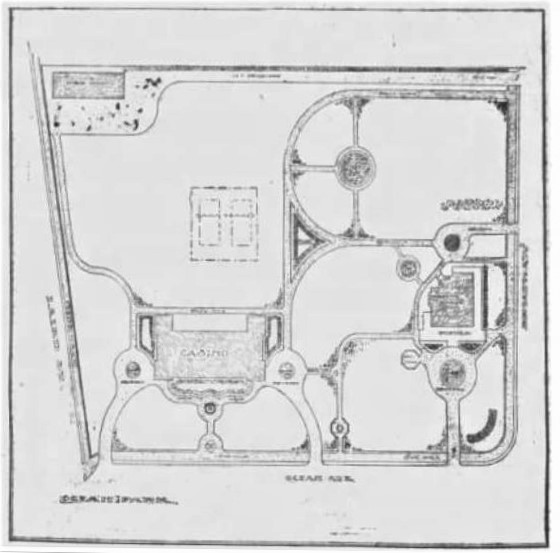
Ocean Park sketch proposal. Called “the beauty spot of the Jersey Shore” by the Asbury Park Press, July 1906.

Long Branch Stadium ad, 1950s. The departure of dog racing should not be mourned. The “sport” was fueled through use of a lure system. A motorized device, the classic stuffed hare, was driven around the track to simulate the movement of prey and motivate dogs to “race.” Making them chase a meal. That’s cruel.

Metropolitan Auto Racing Association members picket outside the stadium. Long Branch Daily Record, May 1950. Still, nearly 4,300 spectators (a season high) packed the stadium that Saturday night to watch eight auto races.

Lots going on at Long Branch Stadium. Long Branch Daily Record, August 1949. By this time, attendance could reach 7,000 on busy Saturday nights.
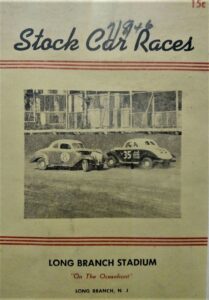
Long Branch Stadium program, 1949. Built for $35,000, the macadam track was considered “fast” by the drivers, according to the July 1949 Red Bank Register.

Long Branch Speedways ad, 1938. Johnny Johnson was the club manager. Game admission: Adults, 30 cents; kids, 15 cents.

Long Branch Speedways baseball club, 1930s (CJ Rubin Photo). The semi-pro team played games at the stadium.

Funland Amusement Park, Summer 1952. It was an unsuccessful private attempt to remake the old stadium; Jacob Edelstein ran the operation.
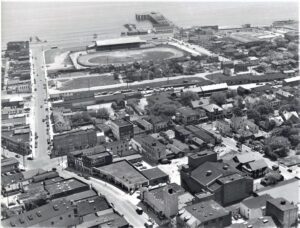
Lower South Broadway area aerial view, 1940s. In the background is Long Branch Stadium. (Click on image to enlarge).

Congress Hall at Broadway and Ocean Avenue, 1861. Famous for its “Congress spring water from Saratoga,” it later became a section of the massive Ocean Hotel.

“A greeting card to the city” – Long Branch took another swing on developing its most prime piece of real estate as the 1960s began. This Mel Barnes sketch is from an oceanfront plan by the Greater Long Branch Chamber of Commerce. Long Branch Daily Record, September 1961.

Ground-breaking for the new Hilton Hotel. APP, November 1988. The spot had been Garfield Park — the statue of the 20th American President seen there was moved the following year.

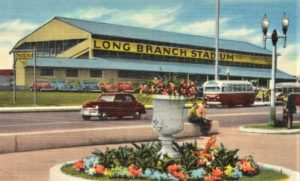


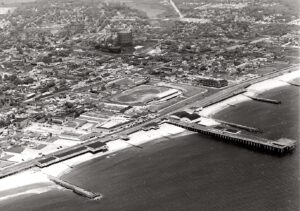



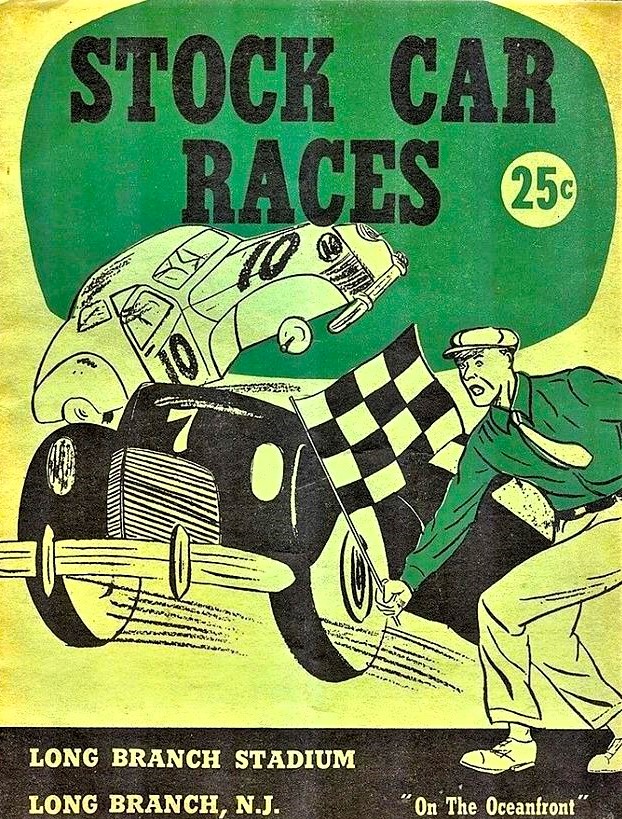














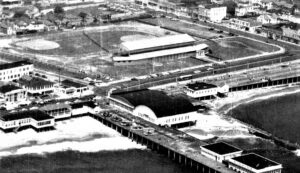




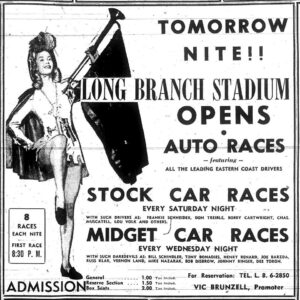




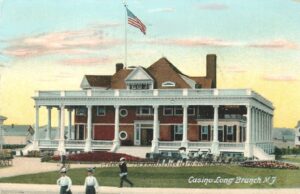




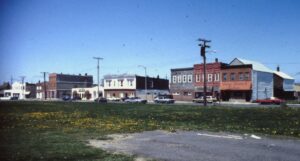





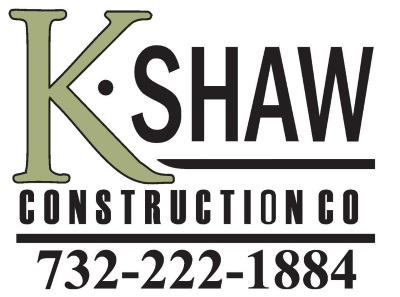
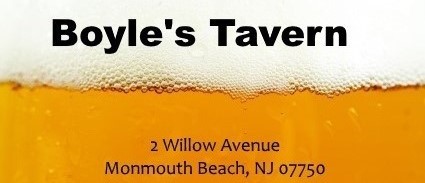
Варочные котлы с доставкой по России от производителя
Компания “ЭкоКотёл” оказывает широкий спектр услуг по производству и доставке варочных котлов любого назначения.
omg omg сайт
Распродажа оборудования до конца месяца
Успейте заказать варочный котел по специальной цене в честь 10-летия компании